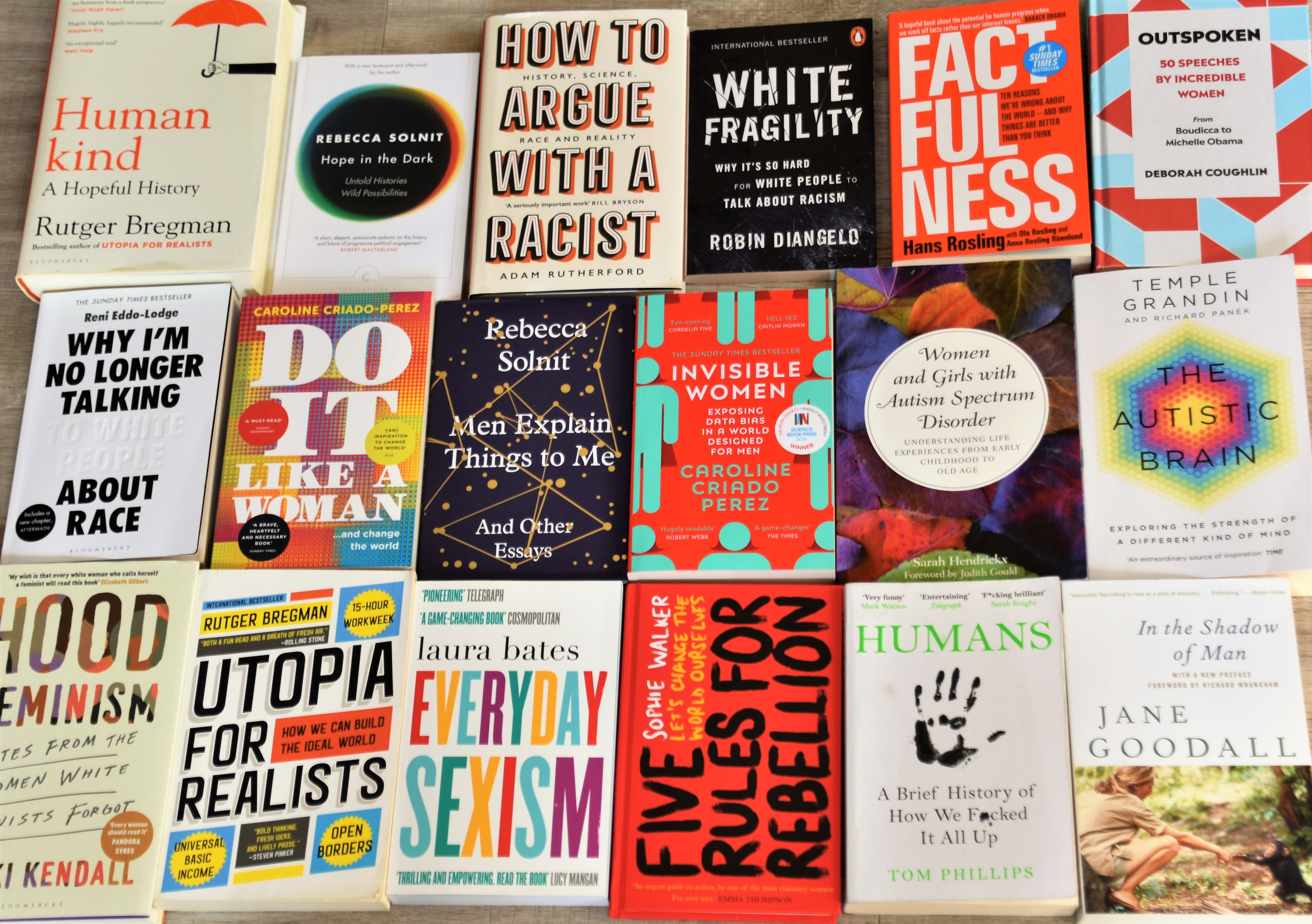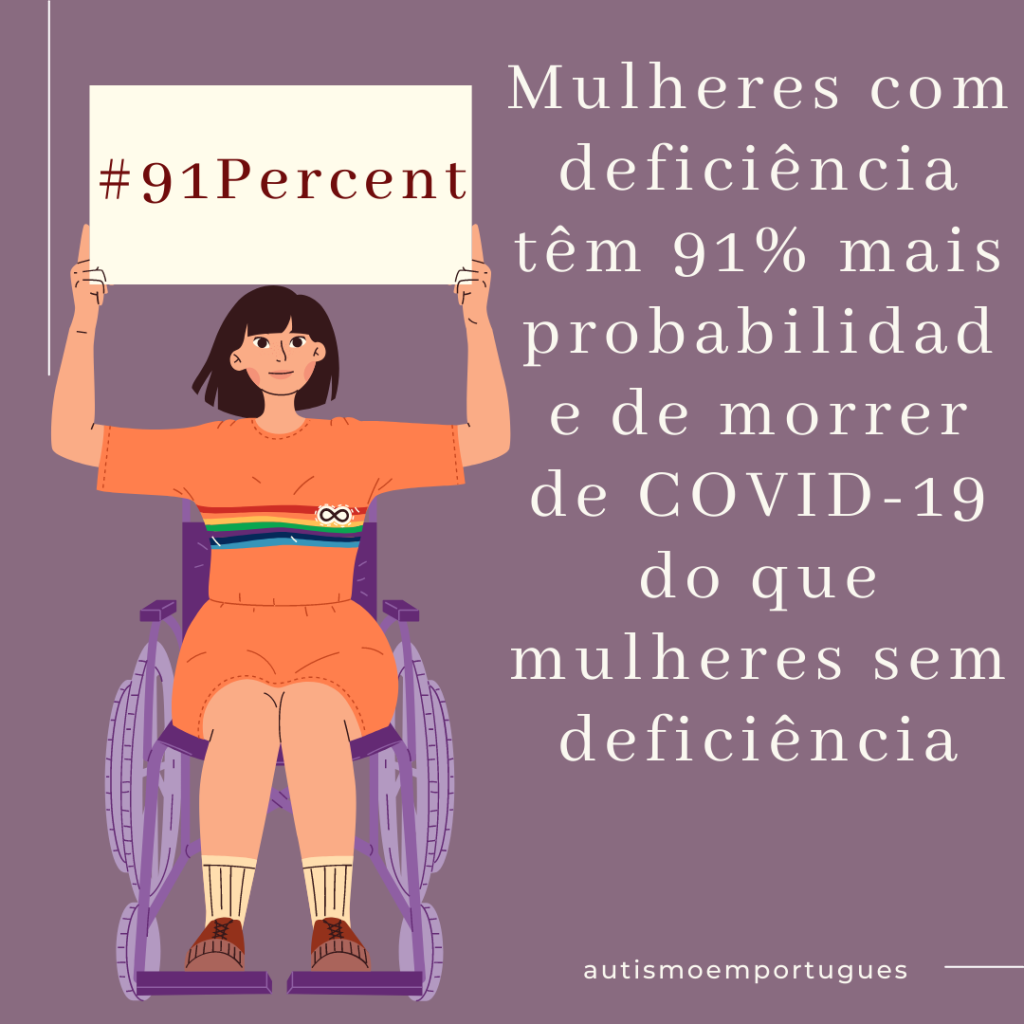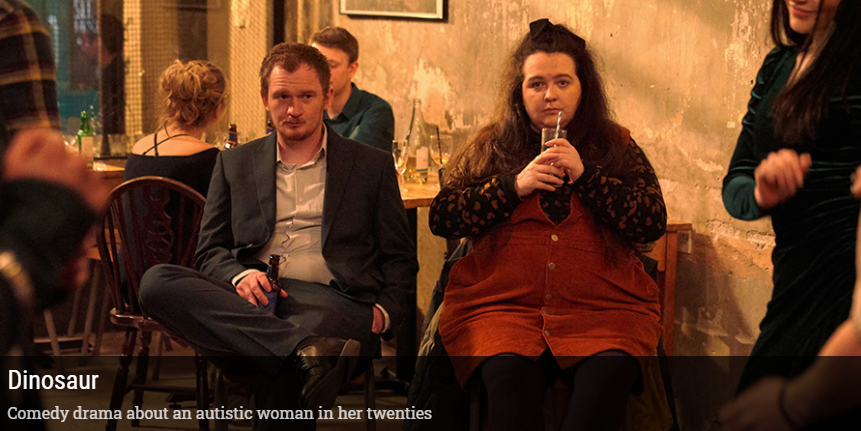Digging through the bowels of my childhood while moving house, I discovered a notebook. In it, it had all the mysteries that I found fascinating as a child. From monsters, to legends, vampires, ghosts, mysteries of history and murders. This at 7 or 8 years old. My mother called it morbid. I had the entire collection of “Goosebumps”, Stephen King and others.
Even today I feel comfortable in fear. Fear is natural and usually goes hand in hand with me every day. I have a hard time identifying what I feel and peeling back those emotions I don’t have a name for. However, fear is easy.
- I’m afraid that an ambulance siren will pass or that a door will suddenly slam.
- I’m afraid a stranger will touch me.
- I’m afraid people will talk to me and I won’t notice (which happens a lot, especially with mascara)
- I’m afraid to meet someone and they think I’m weird.
- I’m afraid someone will cook something I can’t eat and they’ll be offended.
- I’m afraid of clothes with labels, artificial smells, of combing my hair, of… well… anything that can cause discomfort.
- I’m afraid not to live up to the expectations they place on me.
- I’m afraid of hurting friends/family.
Fear for me is my status quo. And a fearless existence, without being hypervigilant on a daily basis, I confess I can’t imagine. But the things that are really scary to me, like a party, seem to be easy for others.
I’m not going to say that I don’t find it a bit unusual that I feel more relaxed hearing about serial killers while I do the dishes than talking to people. I find in real crime a confirmation that after all is not something “atypical” of my experience, but just that I have a different perspective of what is frightening. Something that people live sporadically in their lives is entirely present in mine.
You may be thinking that this must be a miserable existence. I say it has its benefits.
When someone asks me how I had the courage to move to another country, or to do something out of the so-called “normal”, I can explain that since fear is a constant for me, overcoming it is not a matter of courage. it’s a matter of limitations. He is there always. Either I ignore it, or I don’t live.
Something that as a child showed itself to be a paralyzing monster that prevented me from being, today it is a long time friend with whom I manage to remain silent (the greatest proof of comfort). This good friend of mine is the reason I “fail”, but don’t feel like a failure. I’m more afraid of going to a supermarket than receiving a no from an idea / project of mine or “failing”.
Today, I continue with the morbid. I laugh at horror movies (which I love because the actors overacting and it’s easier to understand what the character is feeling), I hear about mysteries while I work, and I follow podcasts about unsolved cases and missing people.
The validation and confirmation of what causes this state in others, which I am not afraid of, remedies me to face mine every day. As long as that happens, I will continue to be morbid.
O medo
Ao escavar pelas entranhas da minha infância enquanto mudava de casa, descobri um caderno. Nele, tinha todos os mistérios que eu em criança achava fascinantes. Desde monstros, a lendas, vampiros, fantasmas, mistérios da história e assassinatos. Isto com 7 ou 8 anos. A minha mãe chamava-lhe mórbido. Eu tinha toda a coleção dos “Arrepios”, Stephen King e afins.
Ainda hoje me sinto confortável no medo. O medo é natural e costuma andar de mãos dadas todos os dias comigo. Eu tenho dificuldade em identificar o que sinto e descascar aquelas emoções para as quais não tenho nome. No entanto, o medo é fácil.
- Tenho medo que passe uma sirene de ambulância ou que uma porta bata de repente.
- Tenho medo de que um estranho me toque.
- Tenho medo de que as pessoas falem para mim e eu não perceba (o que acontece muito, principalmente com mascara)
- Tenho medo de conhecer alguém e que me achem estranha.
- Tenho medo de que alguém cozinhe algo que eu não consiga comer e fiquem ofendidos.
- Tenho medo de roupas com rótulos, cheiros artificiais, de me pentear, de .. bem.. tudo o que me possa causar desconforto.
- Tenho medo de não corresponder as expectativas que colocam em mim.
- Tenho medo de magoar amigos/família.
O medo para mim é o meu status quo. E uma existência sem medo, sem se ser hipervigilante diariamente, confesso que não consigo imaginar. Mas as coisas que realmente são assustadoras a meu ver, como uma festa, parecem ser fáceis para outros.
Não vou dizer que não acho um pouco atípico que eu me sinta mais relaxada a ouvir falar de serial killers enquanto lavo a loiça do que falar com pessoas. Encontro no true crime uma confirmação que afinal não é algo “atípico” da minha vivencia, mas apenas que tenho uma diferença perspetiva do que mete medo. Algo que as pessoas vivem esporadicamente nas suas vidas, está presente inteiramente na minha.
Pode ser que estejam a pensar que esta deve ser uma existência miserável. Eu digo que tem os seus benefícios.
Quando alguém me pergunta como tinha coragem de mudar de país, ou fazer algo fora do chamado “normal”, eu posso explicar que sendo o medo para mim uma constante, ultrapassá-lo não é uma questão de coragem. é uma questão de sobrevivência. Ele está lá sempre. Ou ignoro-o, ou não vivia.
Algo que em criança se mostrava como um monstro paralisante que me impedia de ser, hoje é um amigo de longa data com o qual eu consigo ficar em silencio (a maior prova de conforto). Este meu grande amigo é a razão para que eu “falhe”, mas não me sinta um falhanço. Tenho mais medo de ir a um supermercado do que receber um não de uma ideia/projeto meu ou de “falhar”.
Hoje, continuo com o mórbido. Rio-me com filmes de terror (que adoro porque os actores fazem overacting e é mais fácil perceber o que o personagem esta a sentir), oiço sobre mistérios enquanto trabalho e sigo podcasts sobre casos não resolvidos e pessoas desaparecidas.
A validação e a confirmação do que causa esse estado nos outros, do qual eu não sinto medo, ajudam-me a enfrentar o meu todos os dias. Enquanto isso acontecer, irei continuar no meu mórbido.





